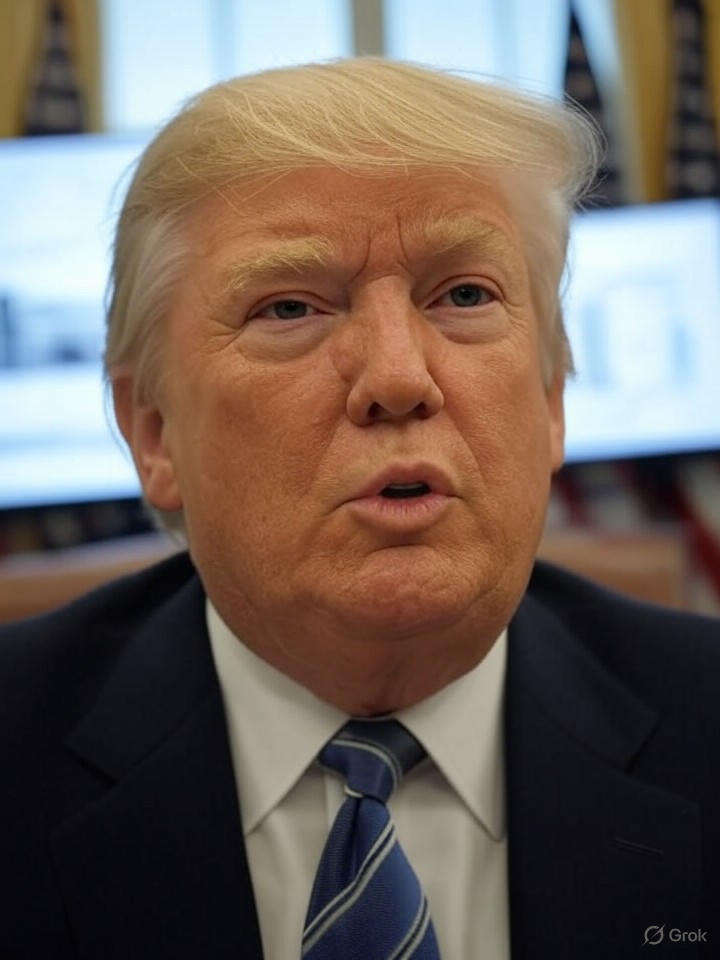In the second term of President Donald J. Trump, a bold economic strategy has emerged, characterized by aggressive demands on American corporations to prioritize domestic interests amid escalating trade tensions. Drawing from a recent declaration of national emergency, as outlined in a White House fact sheet published on April 2, 2025, Trump has invoked reciprocity in foreign trade to rebuild the U.S. economy. This move signals a shift toward protectionism, compelling companies to reassess supply chains and investment strategies under the threat of tariffs and regulatory scrutiny.
Corporate leaders, from tech giants to manufacturers, are navigating this new terrain where compliance with White House directives could mean tax incentives or penalties. For instance, Trump’s renewal of tariffs, detailed in a July 9, 2025, article from The New York Times, places the economy’s fate directly in his hands, with policies aimed at reshoring jobs but risking inflationary pressures.
Corporate Compliance Under Scrutiny
The administration’s approach extends beyond tariffs, incorporating demands for companies to align with broader policy goals, such as reducing reliance on foreign labor and materials. A Brookings Institution tracker updated on June 25, 2025, monitors these regulatory shifts, highlighting delays, repeals, and new rules in sectors like energy and labor. Insiders note that firms ignoring these demands face potential audits or exclusion from federal contracts, echoing tactics from Trump’s first term but amplified in scale.
Recent posts on X, formerly Twitter, reflect growing sentiment among business executives, with some praising the push for American manufacturing revival while others warn of supply chain disruptions. For example, economic analysts on the platform have discussed how these policies could lead to a 15% corporate tax cut, as floated in pre-election outlines, but only for compliant entities.
Economic Projections and Household Impacts
Quantitative analyses paint a mixed picture. The Tax Foundation’s report from August 8, 2025, estimates Trump’s tariffs as an average $1,300 tax hike per U.S. household this year, exacerbating costs in groceries and consumer goods. Similarly, the Penn Wharton Budget Model’s April 10, 2025, projection forecasts an 8% GDP reduction and 7% wage drop, with middle-income families facing a $58,000 lifetime loss—figures deemed twice as severe as equivalent corporate tax increases.
Critics, including California Governor’s office statements from July 30, 2025, available on their official site, argue that these demands are causing economic chaos, with price increases up to $2,400 per household and potential shortages. Newsweek’s coverage five days ago highlighted weak jobs data, attributing revisions to tariff-induced instability and even the dismissal of a top employment statistician.
Industry Responses and Strategic Shifts
Major corporations are responding variably. Some, like those in the automotive sector, are accelerating domestic investments to curry favor, as noted in Wall Street Journal reporting archived here, which details Trump’s explicit demands for companies to “buy American” or face repercussions. This has led to a surge in lobbying efforts, with firms seeking exemptions through alliances with administration allies.
However, global players express concerns over retaliatory measures from trading partners. A Washington Post article from April 30, 2025, captured Trump’s urging for patience amid recession fears, blaming prior administrations while defending his vision. X posts from economists, such as those analyzing Project 2025’s implications, underscore risks of higher working-class taxes and job losses exceeding 3 million by mid-year.
Long-Term Implications for Global Trade
Looking ahead, Trump’s strategy could redefine international commerce, pressuring allies and adversaries alike. The New York Times’ July 31, 2025, update on sweeping tariffs against 17 drugmakers illustrates this, demanding price reductions in the U.S. market. Industry insiders predict a bifurcated economy: one rewarding nationalist compliance, another burdened by isolationism.
Yet, proponents, including former advisors posting on X about reprivatization through deregulation, argue this will spur growth and reduce debt. As of August 9, 2025, with manufacturing activity shrinking per recent Wall Street Journal insights shared on X, the debate intensifies—balancing sovereignty against global interdependence remains the core tension.




 WebProNews is an iEntry Publication
WebProNews is an iEntry Publication